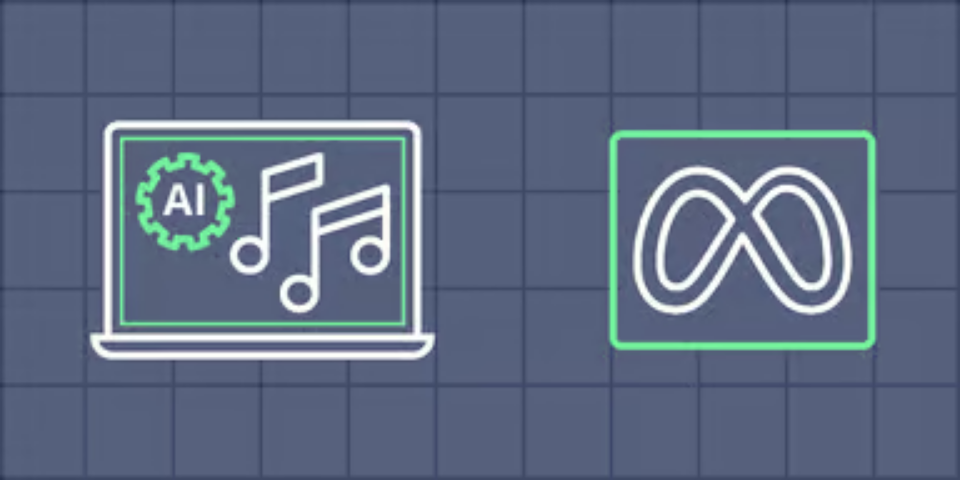5 Projects You Can Build to Learn AI and LLM Engineering in 2025
My favorite projects to learn AI, Machine Learning and LLM in 2025 with supplementary courses.

Hello guys, AI and Large Language Models (LLMs) have become the backbone of modern tech. If you are learning AI and LLM engineering and looking for resources then you have come to the right place.
Earlier, I have shared best AI and Machine Learning courses, and Gen AI and LLM courses and today I am going to share real world projects you can build to learn AI and LLM Engineering better.
If you’re serious about mastering AI and LLM engineering, you’ll find that books and courses are only part of the equation. Don’t get me wrong — reading well-structured books and taking high-quality courses is a smart way to lay a solid foundation.
They give you the theory, the terminology, and the tools you need to understand the landscape like AI Engineering by Chip Huyen and The LLM Engineering Handbook by Paul Iusztin and Maxime Labonne, and “Generative AI with Python and TensorFlow 2” on Educative.io offer great depth and practical walkthroughs.
But here’s the catch — no amount of passive learning will make you confident unless you roll up your sleeves and build something.
Real learning happens when you hit snags, debug errors, and figure out how to glue the concepts together in a working system. That’s where projects come in.
They force you to move from knowing to doing, and that’s when things start to click. In this post, we’ll look at five hands-on AI and LLM engineering projects that will push you beyond theory.
These projects aren’t just exercises — they’re stepping stones to becoming someone who can build, deploy, and fine-tune AI systems that solve real problems.
And I’ll share why getting Educative Unlimited is the smartest move if you want full access to these and other valuable resources.
Educative Unlimited: Excel with AI-Powered Learning
5 Best Projects to Learn AI, Machine Learning and LLM in 2025
Whether you’re aiming to break into AI engineering or sharpen your existing skills, hands-on projects are the best way to truly grasp concepts.
Theory alone can’t help you master these fast-evolving fields. That’s why practical, guided projects are gold, especially when they cover real-world scenarios.
Here are 5 top-notch projects from Educative.io that will help you build solid expertise in AI and LLM engineering.
1. Build an LLM-powered Chatbot with RAG using LlamaIndex
This project lets you create an AI-powered conversational assistant that doesn’t just parrot what it was trained on. Instead, you’ll use Retrieval Augmented Generation (RAG) to enhance responses with live information from Wikipedia.
Imagine building a bot that pulls facts from chosen Wikipedia pages and replies smartly, using frameworks like OpenAI, LlamaIndex, and Chainlit.
In this project you’ll:
- Index Wikipedia pages in vector stores.
- Build a semantic search tool.
- Develop a React agent that reasons, acts, and refines its answers.
- Create a conversational UI for real-world use.
If you want to see LLMs go beyond canned replies and tap external knowledge bases, this project is a must-do.
Here is the link to join this course — Build an LLM-powered Chatbot with RAG using LlamaIndex

2. Data Visualization with Seaborn for Walmart Sales Projection
AI engineering isn’t just about models. It’s also about making sense of data. This project focuses on using Seaborn to create beautiful, insightful charts that can guide sales projections for a retail giant like Walmart.
What you’ll work on:
- Clean and transform raw sales data.
- Explore the link between sales and external factors like holidays.
- Build visual reports that highlight sales trends and seasonal patterns.
- Use these insights to craft a predictive model for weekly sales.
It’s the kind of project that teaches you how data stories drive business decisions — and how AI can support that.
Here is the link to join this project — Data Visualization with Seaborn for Walmart Sales Projection

3. Generating New Music with Artificial Intelligence
If you’re keen on mixing AI with creativity, you’ll love this one. Using Meta AI’s AudioCraft and PyTorch, you’ll build a tool that generates music based on user prompts.
You’ll learn to:
- Design a user interface where users input the type of music they want.
- Generate music across different genres.
- Compare how varying prompts produce different compositions.
- Fine-tune outputs for better quality.
This project brings together Python coding, AI frameworks, and prompt engineering — all while letting you explore the musical side of AI.
Here is the link to join this course — Generating New Music with Artificial Intelligence

4. How to Predict Traffic Volume Using Machine Learning
This project is a classic in applied machine learning. You’ll predict traffic volume on roadways using historical data and environmental factors like weather and holidays.
You’ll:
- Clean and visualize the data using Seaborn and Matplotlib.
- Train models like linear regression, decision trees, and random forests with scikit-learn.
- Save your trained models and use them for real-time predictions.
By the end, you’ll not only understand model training but also how to deploy models for use in the real world.
Here is the link to join this course — How to Predict Traffic Volume Using Machine Learning

5. Train an Agent to Self-Drive a Taxi Using Reinforcement Learning
Autonomous vehicles are the future, and this project gives you a taste of the tech behind them. You’ll use Gymnasium (formerly OpenAI Gym) to train a taxi agent that picks up and drops off passengers efficiently.
You’ll learn how to:
- Set up and explore the Taxi environment in Gymnasium.
- Build Q-learning and SARSA algorithms from scratch in Python.
- Train, test, and compare both models.
- Visualize learning curves to see how your agent improves over time.
This is a brilliant way to get hands-on with reinforcement learning and see the magic of AI learning from experience.
Here is the link to join this course — Train an Agent to Self-Drive a Taxi Using Reinforcement Learning

Why Choose Educative Unlimited?
All these projects are available on Educative.io, and you can access them (plus countless other courses, tutorials, and coding challenges) with Educative Unlimited. What makes it worth it?
You get:
- Unlimited access to all Educative projects and courses, including the latest in AI, LLMs, RAG, Vector Databases, and more.
- Interactive, browser-based coding — no setup needed.
- Access to the AI helper that guides you when you’re stuck or want deeper explanations.
A good thing is that Educative is now offering a whopping 55% discount on their yearly subscription. As a developer, there is a lot to learn and sometimes you want the simplicity of taking multiple courses without paying for each one.
Here is the link to get discount — Educative.io Unlimited 55% OFF

With this subscription model, you can now just pay once and get a full access to every course on Educative.
If you’re serious about mastering AI engineering in 2025, Educative Unlimited is a no-brainer. Instead of hopping between platforms, you get one subscription that covers it all — with hands-on, project-based learning that’s miles ahead of dry textbooks.
Ready to start building? Check out Educative Unlimited and take your AI skills to the next level.
Educative Unlimited: Excel with AI-Powered Learning
Other Awesome Resources from Educative.io You may like
- 5 Best Courses and Projects to Learn AI and ML in 2025
- Top 5 Programming Language to Learn in 2025
- 10 Best Tech Interview Prep resources for developers
- 10 Best Educative Courses for Software Engineers
- 10 Best AWS Labs You can do to Learn Cloud Better
- Is Educative Unlimited worth hit? Review
- Top 5 Grokking Courses on Educative.io for Cracking Coding Interviews
- Top 5 Educative Courses to Take in 2025
- 5 Best Educative.io Courses to Learn Generative AI and ChatGPT in 2024
- 5 Best Educative.io Courses to Learn Cloud Computing in 2025
Thanks for reading this article so far. If you like these AI, ML and LLM Projects then please share with your friends and colleagues. If you have any questions or suggestions feel free to leave a comment.
P. S. — If you are new to AI and LLM Engineering worth then I also suggest you to go through this Machine Learning Handbook and Generative AI Handbook, both are great resources for any who want to learn Artificial Intelligence in depth.
5 Projects You Can Build to Learn AI and LLM Engineering in 2025 was originally published in Javarevisited on Medium, where people are continuing the conversation by highlighting and responding to this story.
This post first appeared on Read More

